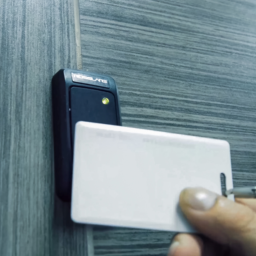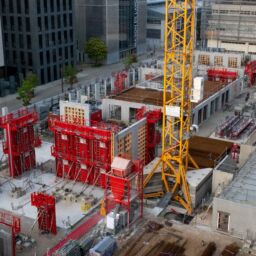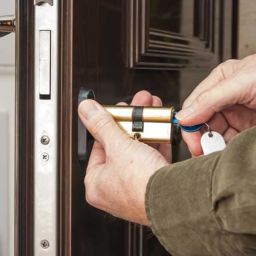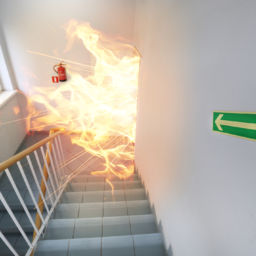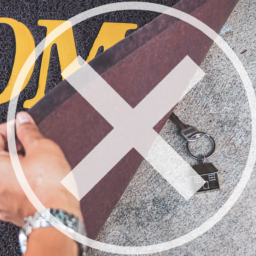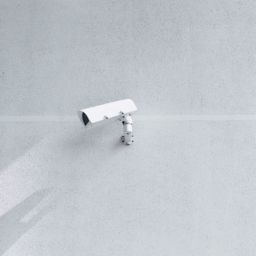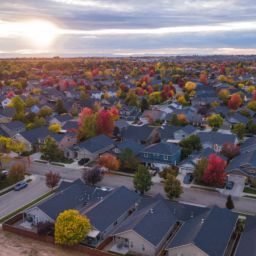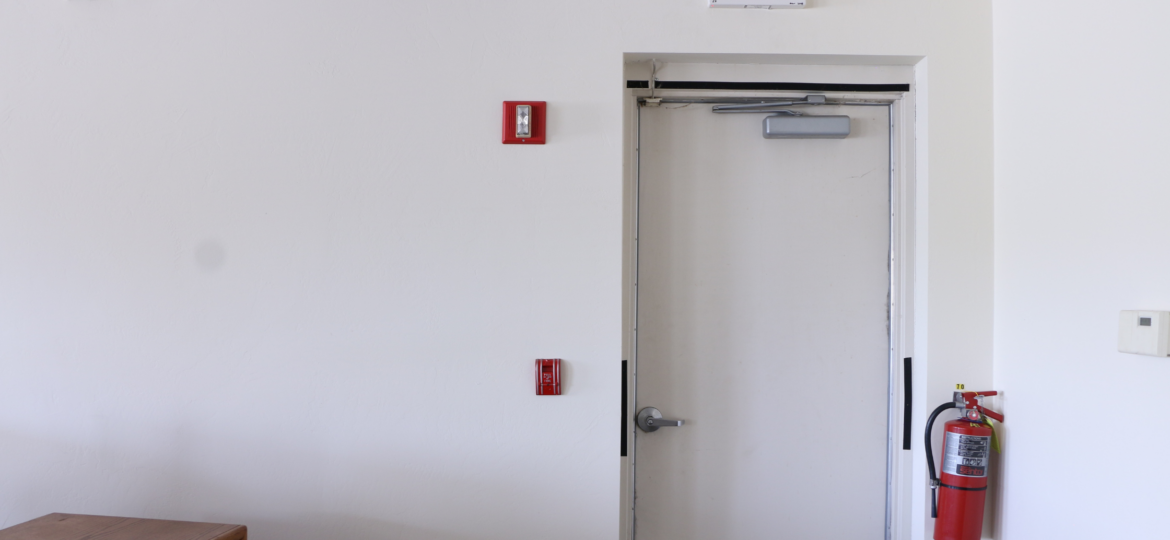
In recent years, the world of building safety, particularly within the property management and facility maintenance sector, has faced heightened scrutiny. Recent incidents have underlined the critical importance of fire-rated doors in preventing fire spread and saving lives. This article delves into the significance of automatic fire-rated doors and why they are indispensable for modern structures.
Understanding Fire-Rated Doors
Fire-rated doors have long been a fixture in commercial buildings, serving as barriers against fire-related hazards. These doors are vital safety mechanisms that help prevent the spread of fires throughout facilities, whether they’re offices, factories, or multi-story buildings. They provide essential time for firefighting efforts or safe evacuations. Depending on their ratings, some fire-rated doors can withstand fire exposure for up to 3 hours, offering robust protection.
The Ratings Explained: Fire-rated doors go through rigorous testing to determine their effectiveness against fire and high temperatures. They receive fire protection ratings measured in hours, such as 0.5, 0.75, 1.0, 1.5, and 3.0. The higher the rating, the more resistant the door is to fire and heat.
Key Features of Fire Doors: These doors are crafted from materials like hollow metal, solid wood, or fire-resistant glass, all designed to slow down the progression of a fire. They also feature intumescent seals that expand when exposed to high temperatures, sealing the gap between the door and frame to prevent smoke infiltration. Fire doors come with a variety of locks, much like traditional doors, including options such as crash bars or electronic locks.
Mandatory Installation in Commercial Buildings Fire-rated doors are legally required in every commercial building in the United States. This legal mandate aims to safeguard the well-being of employees, customers, and other visitors who enter commercial properties. While local municipalities can set their own building codes, most adhere to the National Fire Protection Association (NFPA) regulations for fire protection.
Commercial properties that lack properly located fire-rated doors can face legal penalties. Compliance isn’t solely about the number of fire-rated doors; they must also be unobstructed and able to operate as intended. Obstructed doors can result in charges of unlawful use, leading to potential jail time and significant fines.
Where to Install Fire-Rated Doors
Proper installation of fire-rated doors is crucial to ensuring compliance with safety regulations. Here are the key areas where fire-rated doors must be installed in a commercial building:
Entrances and Exits: Fire-rated doors help isolate flames and smoke during a fire, reducing their spread to other parts of the building. They also provide occupants with a safe means of escape.
Doorways Dividing Buildings: Fire-rated doors connecting two attached buildings ensure safe and easy access while offering fire protection during emergencies.
Exits to Elevator Shafts: Fire-rated doors should be placed near stairwells or elevator shafts, as these are often primary exit routes during emergencies.
Dividing Safe and Unsafe Areas: Many commercial buildings have areas where hazardous materials or dangerous operations are conducted. Fire-rated doors help segregate these spaces for safety.
The Significance of Automatic Fire Doors
In addition to conventional fire-rated doors, automatic fire-rated doors play a pivotal role in fire safety. These doors offer unique advantages that are essential for modern buildings:
Automatic Operation: Automatic fire doors are equipped with mechanisms that prompt closure when triggered by a fire detector. They can operate in two primary ways: some employ an electromagnet to keep the door open until a signal from the fire alarm system instructs it to close, while others incorporate a spring mechanism that reacts to elevated temperatures caused by flames, causing the doors to shut. In their default state, these doors stay open to facilitate free passage but will close upon activation of the automatic-closing mechanism.
Enhanced Safety: Automatic fire doors are crucial in ensuring that the door is closed and securely latched in the event of a fire. Their autonomous operation minimizes the risk of human error in manually closing the door, providing an added layer of safety.
Compliance with Codes: Just like traditional fire-rated doors, automatic fire doors must adhere to various codes set by the National Fire Protection Association (NFPA). Professional installation and regular inspections are highly recommended to ensure these doors are in compliance with the codes and functioning correctly in the event of a fire.
The Security Professionals: Your Trusted Partner
In an era where building safety is paramount, the significance of automatic fire-rated doors cannot be overstated. These doors serve as crucial guardians, preserving lives and property in the event of a fire.
If you’re considering the installation of automatic fire-rated doors or are uncertain about the adequacy of your existing doors, The Security Professionals are here to provide guidance on installation, maintenance, and inspection procedures to enhance your building’s safety. Don’t compromise on safety; contact The Security Professionals today, your trusted partner in building security and safety.



